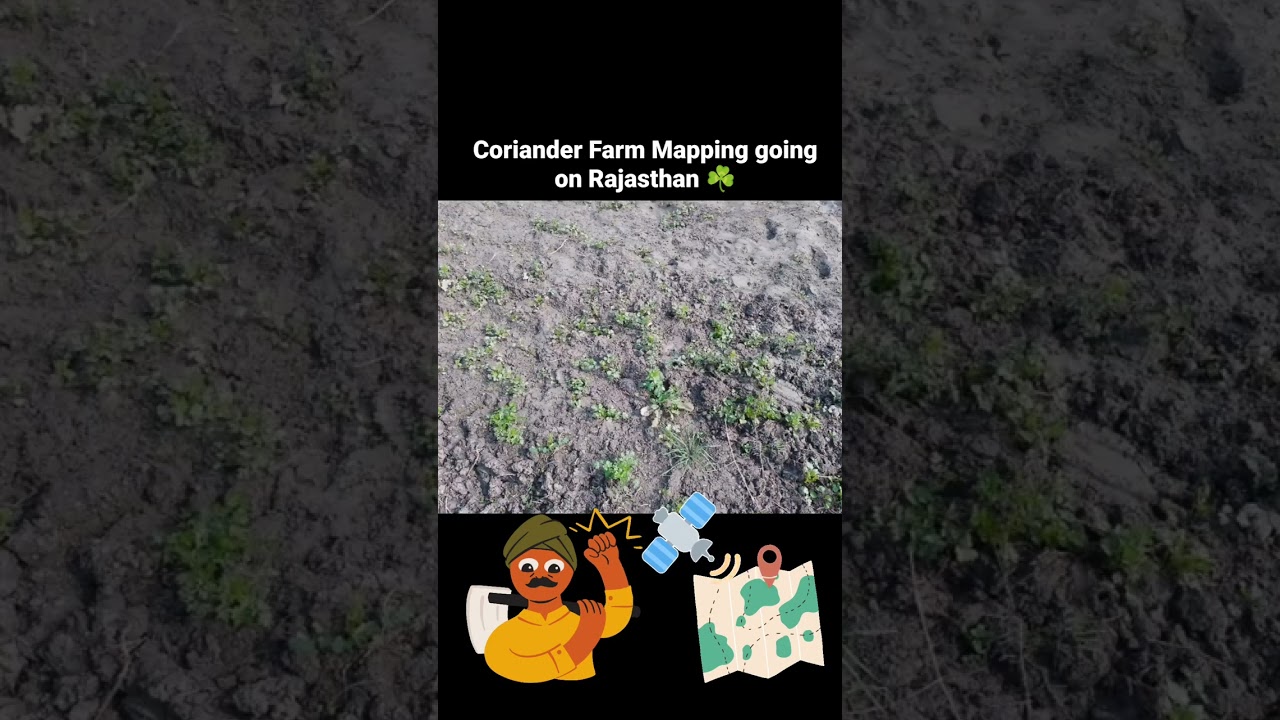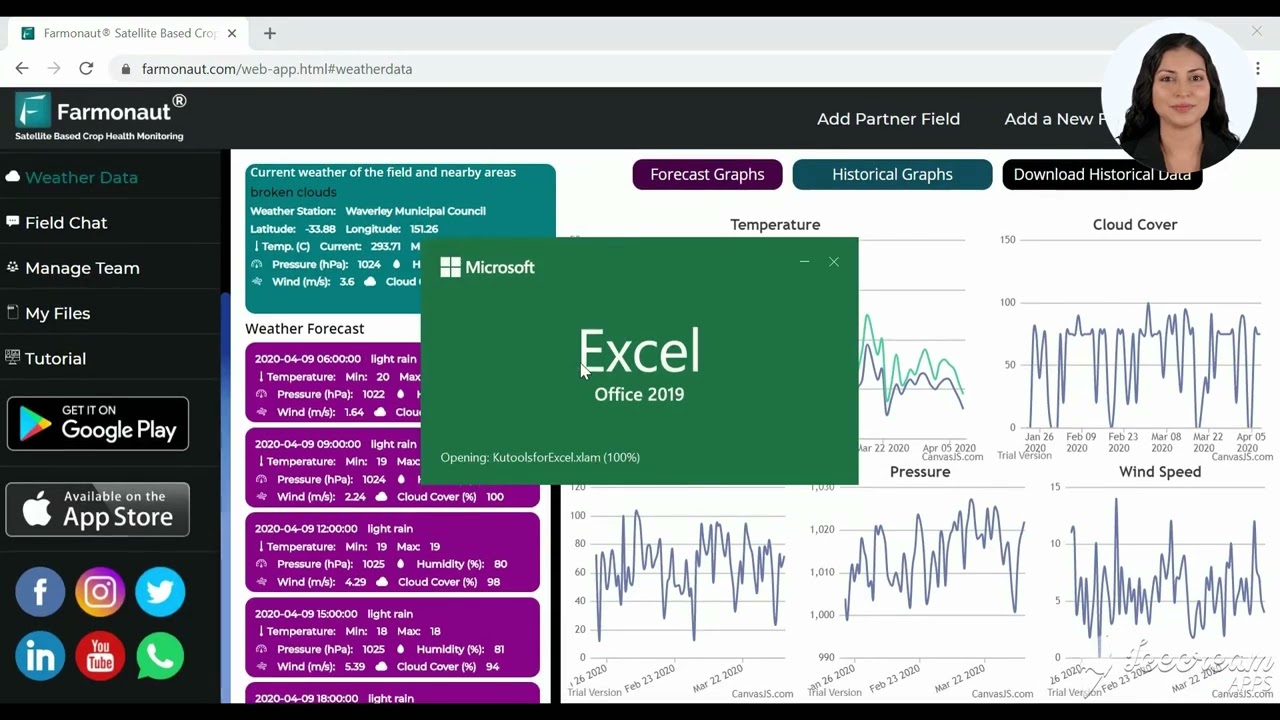Navigating Spring Planting Challenges: Data-Driven Strategies for Midwest Farmers Amid Wet Weather and Soil Fertility Concerns

“Abnormally cold and wet weather in the Midwest has delayed spring planting schedules for over 60% of farmers.”
As we navigate the challenges of spring planting in the Midwest, farmers are faced with a complex web of environmental factors that demand innovative solutions. The unusually cold and wet weather patterns sweeping across the region have thrown traditional planting schedules into disarray, leaving many of us grappling with delayed field work and mounting concerns over soil fertility management. In this comprehensive guide, we’ll explore the data-driven strategies that can help Midwest farmers overcome these obstacles and set the stage for a successful growing season.
Understanding the Impact of Weather on Crop Health
The weather impact on crop health cannot be overstated, especially during the critical spring planting period. Excessive rainfall and persistently low temperatures create a hostile environment for seeds and young plants, potentially leading to poor germination rates and stunted early growth. These conditions also exacerbate the risk of soil compaction, nutrient leaching, and the proliferation of certain pests and diseases that thrive in damp conditions.
- Delayed planting due to waterlogged fields
- Increased risk of seedling diseases
- Potential for nutrient deficiencies due to leaching
- Challenges in timely application of fertilizers and pesticides
To address these challenges, we must turn to precision agriculture technology and data-driven decision-making processes. By leveraging advanced crop monitoring systems and field-level weather data, we can make informed choices about when and how to proceed with planting and field management activities.
Soil Fertility Management in Challenging Conditions
Soil fertility management becomes particularly complex when dealing with excessive moisture and cool temperatures. The risk of nitrogen loss through leaching or denitrification increases significantly under these conditions, potentially leaving crops nutrient-deficient just as they enter critical growth stages.
To combat these issues, we recommend implementing the following strategies:
- Soil testing: Conduct thorough soil tests to assess current fertility levels and pH.
- Variable rate fertilizer application: Utilize precision agriculture tools to apply nutrients at variable rates across fields, accounting for spatial variability in soil conditions.
- Split nitrogen applications: Consider splitting nitrogen applications to reduce the risk of losses and improve uptake efficiency.
- Use of enhanced efficiency fertilizers: Explore stabilized nitrogen products that can help mitigate losses in wet conditions.
By adopting these practices, we can optimize our soil fertility management even in the face of challenging weather patterns.
Leveraging GIS and Remote Sensing for Informed Decision-Making
Geographic Information Systems (GIS) and remote sensing technologies have revolutionized the way we approach farming in adverse conditions. These tools allow us to gather and analyze vast amounts of data about our fields, including soil moisture levels, crop health indices, and micro-climate variations.
“GIS-based precision agriculture tools can increase nitrogen use efficiency by up to 25% in challenging weather conditions.”
Farmonaut’s advanced crop monitoring systems utilize satellite imagery and AI-driven analytics to provide real-time insights into field conditions. This technology enables us to:
- Monitor crop health using vegetation indices like NDVI
- Track soil moisture levels across entire fields
- Identify areas of stress or potential yield loss
- Make data-driven decisions about irrigation and nutrient management
By integrating these GIS-based tools into our farming practices, we can adapt more effectively to the unique challenges posed by this year’s spring planting season.
Optimizing Planting Schedules with Field-Level Weather Data
One of the most critical decisions facing Midwest farmers this spring is when to begin planting. With field-level weather data at our fingertips, we can make more informed choices about optimal planting windows, even as conditions vary across our operations.
Farmonaut’s platform provides detailed weather forecasts and historical data tailored to specific field locations. This allows us to:
- Identify the best planting windows based on soil temperature and moisture trends
- Anticipate potential frost events or heavy rainfall that could impact newly planted crops
- Plan field operations around favorable weather conditions
- Make informed decisions about crop variety selection based on expected growing degree days
By utilizing this granular weather data, we can minimize the risks associated with early planting while still aiming to maximize our growing season.
Implementing Sustainable Farming Practices in Wet Conditions
As we face increasingly unpredictable weather patterns, the importance of sustainable farming practices becomes ever more apparent. These practices not only help us navigate current challenges but also build resilience for future seasons.

Some key sustainable practices to consider include:
- Cover cropping: Implement cover crops to improve soil structure, reduce erosion, and manage excess moisture.
- Conservation tillage: Minimize soil disturbance to preserve soil structure and organic matter content.
- Drainage management: Install or optimize drainage systems to manage excess water while conserving soil nutrients.
- Precision nutrient management: Use variable rate technology to apply fertilizers more efficiently, reducing environmental impact and improving profitability.
These practices not only help us address immediate concerns related to wet weather but also contribute to long-term soil health and farm sustainability.
Adapting Pest and Disease Management Strategies
Wet and cool conditions can create an ideal environment for certain pests and diseases to thrive. As such, we must adapt our management strategies to address these heightened risks.
Farmonaut’s crop monitoring systems can help identify potential pest and disease hotspots by detecting changes in crop health indicators. This early warning system allows us to:
- Target scouting efforts more effectively
- Implement timely and precise pest control measures
- Monitor the effectiveness of treatments in real-time
- Reduce overall pesticide use through more targeted applications
By leveraging these advanced monitoring tools, we can stay ahead of potential pest and disease outbreaks, even in challenging weather conditions.
Explore Farmonaut’s API for advanced data integration
Optimizing Irrigation Management in Wet Conditions
While it may seem counterintuitive to discuss irrigation during a wet spring, proper water management remains crucial for optimal crop development. Excess water can lead to nutrient leaching and root stress, making efficient irrigation practices more important than ever.
Farmonaut’s platform offers tools to help optimize irrigation management:
- Real-time soil moisture monitoring across fields
- Integration of weather forecasts for more precise irrigation scheduling
- Identification of areas prone to waterlogging or drought stress
- Recommendations for variable rate irrigation based on field conditions
By fine-tuning our irrigation practices, we can mitigate the negative impacts of excess moisture while ensuring crops receive the water they need for optimal growth.
Nitrogen Management in Agriculture: Adapting to Wet Conditions
Nitrogen management becomes particularly challenging in wet spring conditions. The risk of nitrogen loss through leaching and denitrification increases significantly, potentially leading to deficiencies later in the growing season.
To address these challenges, consider the following strategies:
- Split applications: Divide nitrogen applications into multiple smaller doses throughout the growing season.
- Use of stabilizers: Employ nitrogen stabilizers to reduce losses from leaching and denitrification.
- In-season monitoring: Utilize Farmonaut’s crop health monitoring tools to assess nitrogen status and adjust applications as needed.
- Variable rate technology: Apply nitrogen at variable rates across fields based on soil type, topography, and crop needs.
By implementing these practices, we can optimize nitrogen use efficiency and minimize environmental impact, even in challenging wet conditions.
Access Farmonaut’s API Developer Docs for custom solutions
Leveraging Data for Informed Decision-Making
In the face of spring planting challenges, data-driven decision-making becomes our most powerful tool. By leveraging the wealth of information provided by precision agriculture technology, we can navigate the complexities of wet weather and soil fertility concerns with greater confidence.
Farmonaut’s platform offers a comprehensive suite of tools to support data-driven farming:
- Satellite-based crop health monitoring
- AI-powered advisory systems
- Field-level weather forecasting
- Soil moisture and fertility tracking
By integrating these data sources, we can make more informed decisions about planting dates, fertilizer applications, pest management, and other critical aspects of crop production.
Midwest Farming Conditions: A Regional Perspective
While the challenges of wet spring weather are felt across the Midwest, it’s important to recognize the regional variations in conditions and their impacts on farming practices. From the rolling hills of Wisconsin to the fertile plains of Iowa, each area faces unique obstacles and opportunities.
Farmonaut’s GIS-based tools allow us to analyze these regional differences and tailor our approaches accordingly. By considering factors such as:
- Local topography and drainage patterns
- Soil types and their water-holding capacities
- Microclimates and their influence on crop development
- Historical yield data and its correlation with weather patterns
We can develop more nuanced strategies that account for the specific conditions in each part of the Midwest.
Embracing Variable Rate Technology for Optimal Resource Management
Variable rate technology (VRT) has emerged as a key tool for managing resources efficiently in challenging conditions. By applying inputs such as fertilizers, seeds, and pesticides at varying rates across fields, we can optimize their use and minimize waste.
Farmonaut’s platform supports VRT implementation by providing:
- High-resolution field maps showing variations in soil properties and crop health
- Integration with VRT-enabled equipment for seamless application
- Historical data analysis to refine variable rate prescriptions over time
- Real-time monitoring of application effectiveness
By embracing VRT, we can improve our resource use efficiency, reduce environmental impact, and potentially increase yields even in difficult growing conditions.
Preparing for a Successful Harvest Despite Early Challenges
While the wet spring presents immediate challenges, it’s crucial to keep our focus on the ultimate goal: a successful harvest. By implementing the strategies discussed in this guide and leveraging the power of precision agriculture technology, we can set the stage for strong crop performance throughout the growing season.
Key actions to prepare for a successful harvest include:
- Regularly monitoring crop health and development using Farmonaut’s satellite-based tools
- Adjusting management practices based on real-time data and evolving conditions
- Planning for potential harvest delays and implementing strategies to mitigate their impact
- Utilizing predictive yield models to inform marketing and storage decisions
By staying proactive and data-driven in our approach, we can overcome the challenges posed by this wet spring and work towards a productive harvest season.
Conclusion: Embracing Data-Driven Agriculture for Resilience
As we navigate the spring planting challenges brought on by wet weather and soil fertility concerns in the Midwest, it’s clear that data-driven strategies and precision agriculture technology are essential tools for success. By leveraging advanced crop monitoring systems, field-level weather data, and variable rate applications, we can make more informed decisions and adapt our practices to the unique conditions of this growing season.
Farmonaut’s comprehensive platform offers the insights and tools needed to implement these strategies effectively. From satellite-based crop health monitoring to AI-powered advisory systems, Farmonaut empowers farmers to overcome environmental challenges and optimize their operations for long-term success.
As we move forward, let’s embrace these innovative technologies and sustainable farming practices. By doing so, we not only address the immediate challenges of this wet spring but also build more resilient and productive agricultural systems for the future.
Frequently Asked Questions
Q: How can precision agriculture technology help with spring planting challenges?
A: Precision agriculture technology, like Farmonaut’s platform, provides real-time data on field conditions, weather forecasts, and crop health. This information allows farmers to make more informed decisions about planting dates, fertilizer applications, and pest management strategies, helping to mitigate the risks associated with wet and cold conditions.
Q: What are the main risks of planting in wet conditions?
A: The main risks include soil compaction, poor seed germination, increased susceptibility to seedling diseases, nutrient leaching, and potential delays in field operations. These factors can lead to reduced crop stands and potentially lower yields.
Q: How can farmers optimize nitrogen management in wet spring conditions?
A: Farmers can optimize nitrogen management by using split applications, employing nitrogen stabilizers, utilizing in-season monitoring tools, and implementing variable rate technology. These strategies help reduce nitrogen losses and ensure efficient uptake by crops.
Q: What role does GIS play in adapting to challenging weather conditions?
A: GIS technology allows farmers to analyze spatial data related to soil properties, topography, and crop health. This information can be used to create precise management zones within fields, enabling targeted interventions and more efficient resource use in response to varying field conditions.
Q: How can Farmonaut’s platform help with pest and disease management in wet conditions?
A: Farmonaut’s crop monitoring systems can detect early signs of stress or changes in crop health that may indicate pest or disease presence. This allows for more targeted scouting and timely interventions, potentially reducing the need for broad-spectrum pesticide applications.
| Challenge | Impact on Farming | Precision Ag Solution |
|---|---|---|
| Delayed Planting | Shorter growing season, potential yield loss | Field-level weather data for optimized planting schedules |
| Soil Moisture Management | Poor seed germination, root stress | Satellite-based soil moisture monitoring and variable rate irrigation |
| Nitrogen Management | Nutrient leaching, potential deficiencies | Variable rate fertilizer application, in-season monitoring |
| Pest Control | Increased disease pressure, yield loss | AI-driven pest prediction models, targeted scouting recommendations |




















